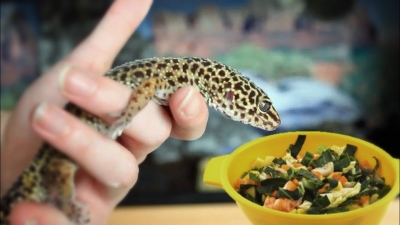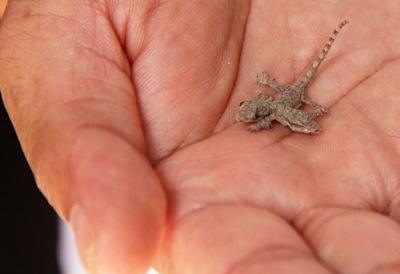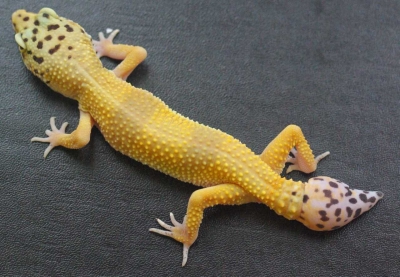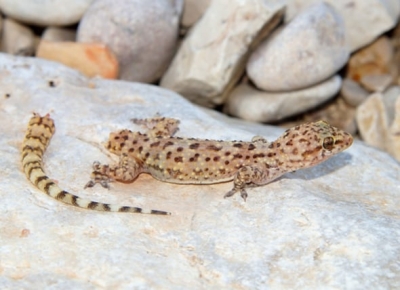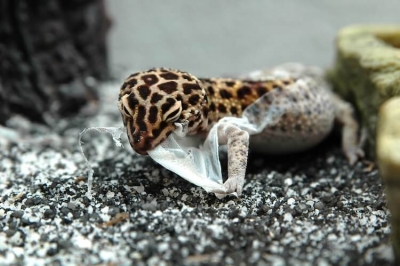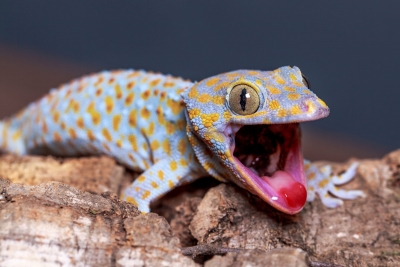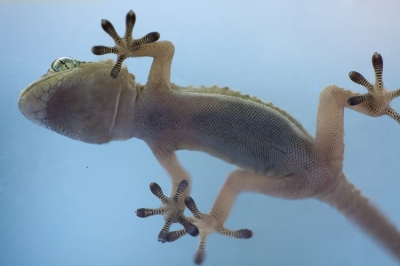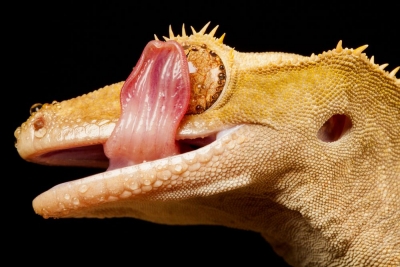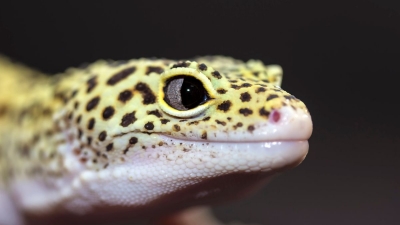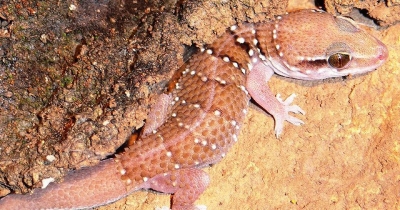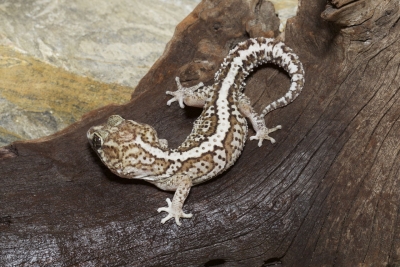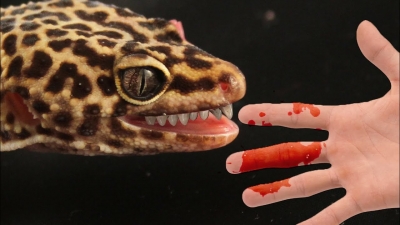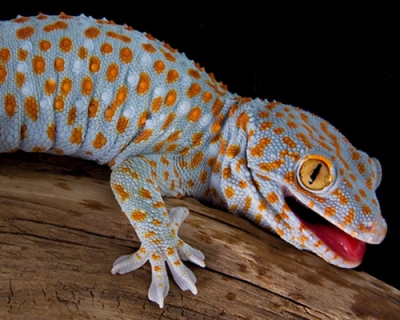
Leopard geckos can make a variety of sounds, but the most common include chirps, squeaks, barks, and screams. Every leopard gecko will sound slightly different, though the sounds will generally be the same for each pet.
That being said, leopard geckos aren’t particularly vocal. If your leopard gecko is making no sound at all, it is likely relaxed and at peace. Leopard geckos aren’t like parrots or other animals that have to be vocal to feel happy. That’s just something to keep in mind.
Chirping and squeaking are the most common sounds to look for in your leopard gecko. If you notice your leopard gecko making a bit of a chirping sound, you’re in luck. These sounds are typically connected with happiness, enjoyment, and overall pleasure.
Some geckos make this sound as they roam around their tank, whereas others get a bit more vocal during feeding time. Either way, chirping and squeaking is a great sign since it tells you that your leopard gecko is happy and at ease.
Clicking is another common sound in leopard geckos, but it isn’t quite as positive. Leopard geckos often click whenever they feel uncomfortable, annoyed, or stressed. You will often hear younger geckos clicking more than older ones simply because they have not yet grown accustomed to humans.
Most likely, your leopard gecko will click whenever you are handling them, after they have eaten, or before they shed. Remember, this is a stressed noise. Once you hear this noise, stop whatever you are doing to let the gecko relax.
Barking isn’t quite as common as clicking, but it is a sign that your gecko is stressed as well. In many ways, barking will sound like clicking, but it has a slightly hoarser sound. Barking is less common than clicking because it is a more serious response. Geckos often bark when they feel they are in direct danger, not just when they are uncomfortable or annoyed. The least common sound you can hear from your leopard gecko is screaming. Screaming is a key sign that your leopard gecko is scared and feels that it is in danger. Adult geckos rarely scream, though juvenile leopard geckos scream a lot.
If you get a juvenile leopard gecko, expect to hear it screaming quite a bit at first. Be extremely patient and as gentle as possible during this stage. As the leopard gecko grows, it will become accustomed to you and most likely grow out of the screaming phase.
Credit : PetKeen
Picture Credit : Google
